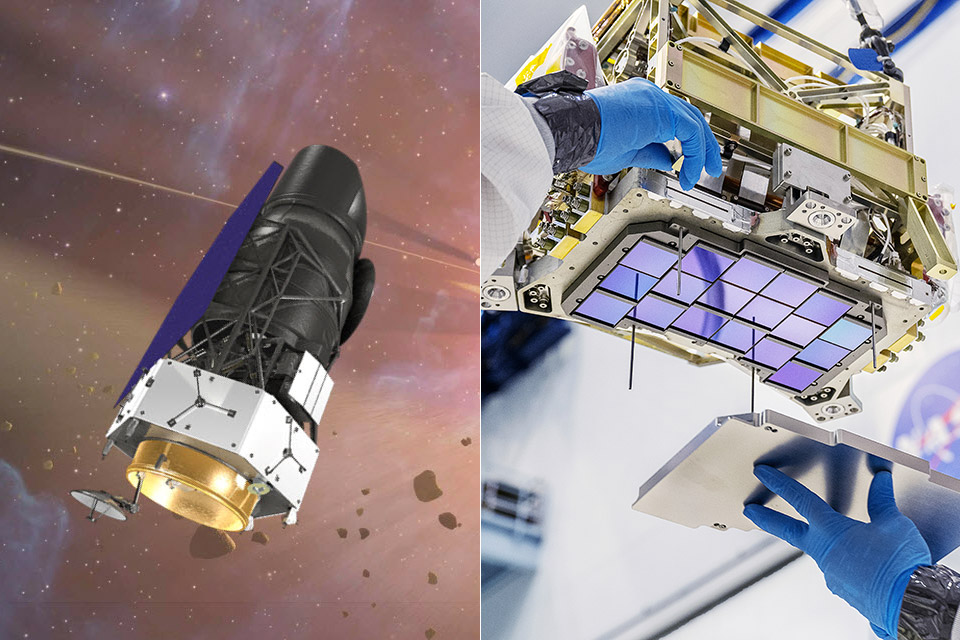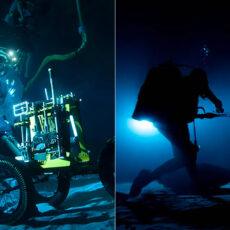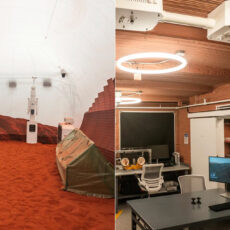
NASA’s $255-million Nancy Grace Roman Space Telescope is one step closer to completion after its FPS (Focal Plane System) was delivered to Ball Aerospace for integration into the WFI (Wide Field Instrument). After it launches in May 2027, astronomers will use the FPS to collect images as well as uncover the secrets of dark energy, dark matter, exoplanets and more.
A large detector array and various electronics for the FPS were developed by engineers at NASA’s Goddard Space Flight Center and Teledyne Scientific & Imaging. Each of Roman’s 18 detectors contains 16.8 million tiny pixels to provide astronomers with remarkable image resolution, enabling it to peer through dust and across vast stretches of the cosmos, generating high-resolution panoramas of the universe along the way. After the FPS is installed in the spacecraft’s WFI, technicians will complete the module by integrating the instrument’s radiators to ensure the detectors can be operated at -288° F.
- High-Quality Optics: The astronomical telescope features 500mm(f/7.1) focal length and 70mm aperture, provides stunning views and protects your eyes.
- High Magnification: Our durable telescope for kids and adults is quipped with two excellent-quality eyepieces (25mm and 10mm) and a 3x Barlow lens.it...
- Portable and Convenient: Telescope comes with a phone adapter and an adjustable aluminum tripod. Wireless remote control and carrying case for...

Roman’s focal plane array is one of the biggest that has ever flown onboard a space-based observatory. Its creation is the product of many years of innovation from a very dedicated team – one that is eagerly anticipating the incredible science Roman will yield,” said Mary Walker, the Roman WFI manager at NASA Goddard.







